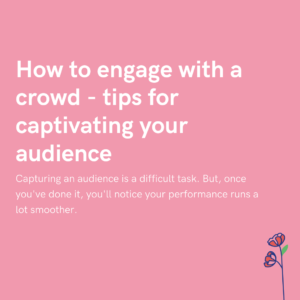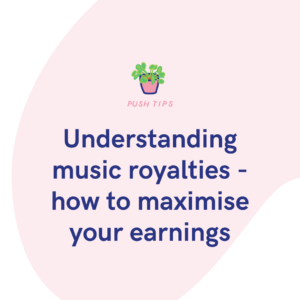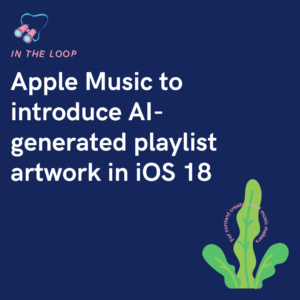Going live is something so many content creators do. But, if you haven’t already, should you bother? Is it worth it? Here are some pros and cons.

In the fast-paced world of social media content creation, going live has become a popular way for creators to engage with their audience in real-time. However, like any other content strategy, going live has its own set of advantages and drawbacks. Let’s explore the pros and cons:
Pros
Real-time engagement
Going live allows creators to interact with their audience in real-time. Building a sense of immediacy and authenticity. Viewers can ask questions, leave comments, and react to content as it unfolds. Creating a dynamic and interactive experience.
Builds community
Live-streaming provides an opportunity to foster a sense of community among followers. Regular live sessions allow creators to connect with their audience on a deeper level. Building trust and loyalty over time.
Increases reach and exposure
Social media platforms often prioritise live content, making it more likely to appear in users’ feeds and notifications. Going live can help creators reach a larger audience and attract new followers who may be drawn in by the excitement of live events.
Showcases personality and authenticity
Live-streaming offers a glimpse into the creator’s personality and behind-the-scenes moments, allowing followers to connect with them on a more personal level. Authenticity is highly valued on social media, and going live provides an opportunity to showcase it.
Immediate feedback
Creators can gauge audience reactions and receive immediate feedback on their content during live streams. This instant feedback loop allows for quick adjustments and improvements, ultimately leading to more engaging and relevant content.
Cons
Technical challenges
Live-streaming requires a stable internet connection and reliable equipment, which may not always be available. Technical glitches such as poor video quality, audio issues, or sudden disconnections can disrupt the live experience and frustrate both creators and viewers.
Pressure to perform
The live format can be daunting for some creators, as it requires thinking on your feet and engaging with an audience in real-time. The pressure to perform flawlessly can lead to stress and anxiety, especially for those who are not comfortable with public speaking or improvisation.
Lack of control
Once a live stream begins, creators have limited control over the content and audience interactions. Negative comments or unexpected situations may arise during the stream, and creators must be prepared to handle them diplomatically without compromising their brand image.
Time-consuming
Planning, promoting, and executing live streams can be time-consuming, especially for creators who have other responsibilities or commitments. Consistently going live may require sacrificing time that could be spent on creating other types of content or engaging with followers in different ways.
Limited replay value
Unlike pre-recorded videos, live streams have limited replay value once they end. Viewers who miss the live broadcast may not be able to engage with the content later, potentially leading to missed opportunities for audience growth and engagement.
In conclusion, going live on social media as a content creator offers a unique set of benefits and challenges. While it can enhance engagement, build community, and showcase authenticity, it also comes with technical challenges, performance pressure, and time constraints. Ultimately, the decision to go live should be based on the creator’s goals.






